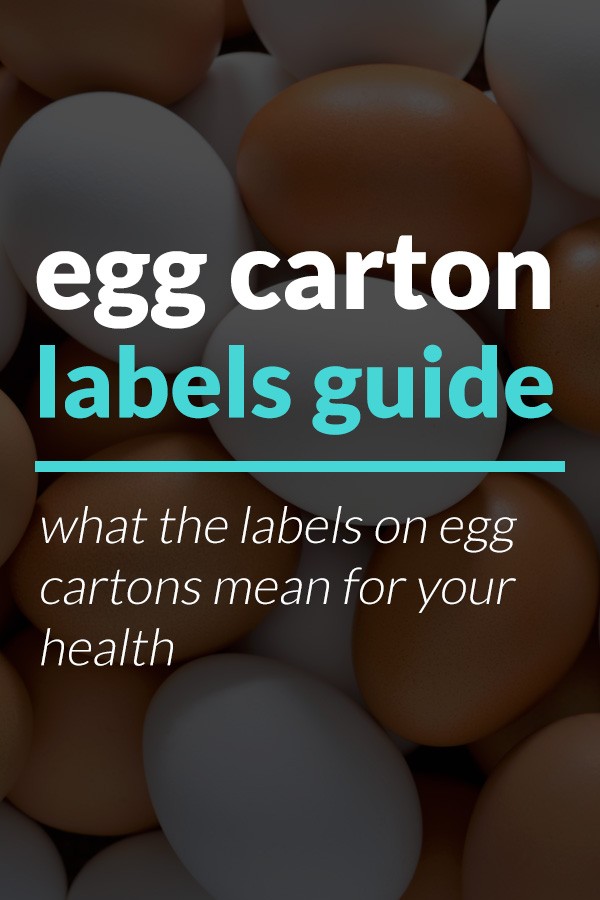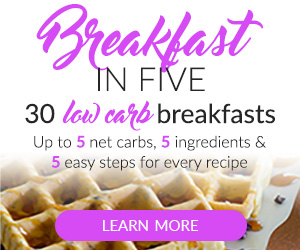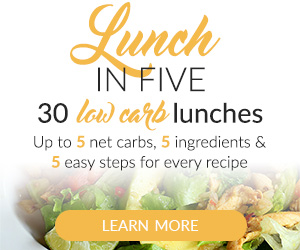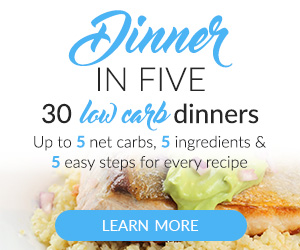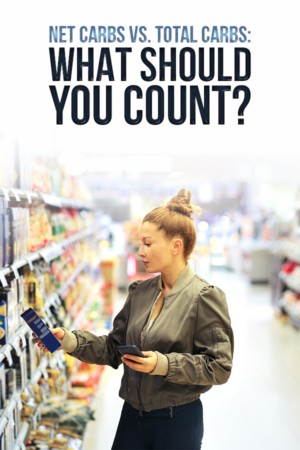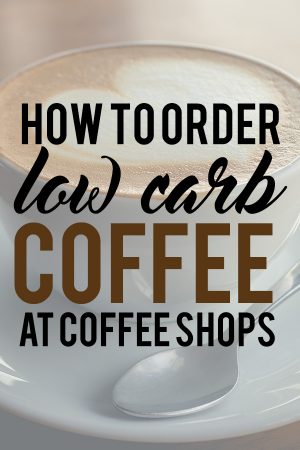Incredible Edible Egg!
Eggs are one of the most versatile foods on Earth! Fried, poached, boiled, emulsified, beaten, whipped, baked, separated, souffled or eaten raw- eggs are a must! They’re full of fat and protein, with very little carbs, which makes them perfect for anyone on a ketogenic diet. The average large egg contains 5g of fat, 7g of protein and about 0.4g of carbs. Most nutrition labels round down on the carb count as it’s minimal, but it’s good to note. They are also good sources of choline and lutein, both important nutrients for brain and eye health.
When buying eggs, it’s important to know where they’re coming from (as much as you can infer from the package). Egg carton labels these days are full of titles and certifications claiming their chickens are well taken care of. Some of those claims are simple marketing tactics and mean nothing; it’s important to recognize them.
Misleading Egg Carton Labels
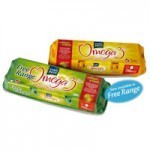 Omega-3 enriched – means the chicken on that farm are fed a diet rich in omega-3’s, typically in the form of flax seeds. Now, while this is a good thing in theory, you’d be getting a very insignificant amount of omega-3’s compared to what you’d get if you just ate nuts, salmon or even the flax seeds yourself. The FDA only checks for omega-3 levels if there is a complaint against that farm, which, let’s face it, don’t exist. When’s the last time you heard someone say “there isn’t enough omega-3 in this particular egg!”?
Omega-3 enriched – means the chicken on that farm are fed a diet rich in omega-3’s, typically in the form of flax seeds. Now, while this is a good thing in theory, you’d be getting a very insignificant amount of omega-3’s compared to what you’d get if you just ate nuts, salmon or even the flax seeds yourself. The FDA only checks for omega-3 levels if there is a complaint against that farm, which, let’s face it, don’t exist. When’s the last time you heard someone say “there isn’t enough omega-3 in this particular egg!”?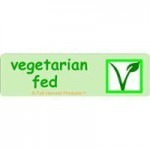 Vegetarian – this label is pretty simple, but the meaning is misconstrued. The chickens are fed a vegetarian diet, most likely of corn and soy. Corn and soy are cheap products to provide and don’t provide much nutritional content. What’s most misleading about this label is that it means the chickens are not allowed to forage for their own food! They are scavengers and like to hunt worms, insects and larvae. Being fed only corn and soy means the chickens are likely to be kept indoors and force fed that which makes them bigger and fatter to fetch the best price. Be wary of this label.
Vegetarian – this label is pretty simple, but the meaning is misconstrued. The chickens are fed a vegetarian diet, most likely of corn and soy. Corn and soy are cheap products to provide and don’t provide much nutritional content. What’s most misleading about this label is that it means the chickens are not allowed to forage for their own food! They are scavengers and like to hunt worms, insects and larvae. Being fed only corn and soy means the chickens are likely to be kept indoors and force fed that which makes them bigger and fatter to fetch the best price. Be wary of this label.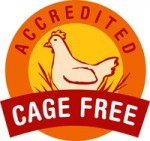 Cage-free – this label is used very commonly and seems innocent and positive. However, it’s misleading as well. Cage-free means simply the absence of cages. The chickens can be packed as tightly as the farm needs, but as long as there are no cages, the label is technically correct. There are no federal regulations that define how much space cage-free chickens get. The chickens may still be packed tightly enough to be unable to spread their wings or feed comfortably. Conditions like these lead to diseases, infections (cue antibiotics) and stress. All of this is passed on to the eggs that are laid. This label is not what you should be looking for.
Cage-free – this label is used very commonly and seems innocent and positive. However, it’s misleading as well. Cage-free means simply the absence of cages. The chickens can be packed as tightly as the farm needs, but as long as there are no cages, the label is technically correct. There are no federal regulations that define how much space cage-free chickens get. The chickens may still be packed tightly enough to be unable to spread their wings or feed comfortably. Conditions like these lead to diseases, infections (cue antibiotics) and stress. All of this is passed on to the eggs that are laid. This label is not what you should be looking for. “Farm-fresh” and “Natural” – these labels have no meaning at all. They are fillers and marketing tactics to get people to buy those eggs. Farm fresh has no quantifiable metric. Natural is a given as they’re eggs, which came from a chicken. Nature.
“Farm-fresh” and “Natural” – these labels have no meaning at all. They are fillers and marketing tactics to get people to buy those eggs. Farm fresh has no quantifiable metric. Natural is a given as they’re eggs, which came from a chicken. Nature.
Labels like the above need to be recognized for what they are: shameless marketing.
4-Week Keto Meal Plan
- 4 Weeks of Delicious Keto Recipes!
- Leftovers and Bulk Preps Included
- Maximize Your Keto Diet's Success
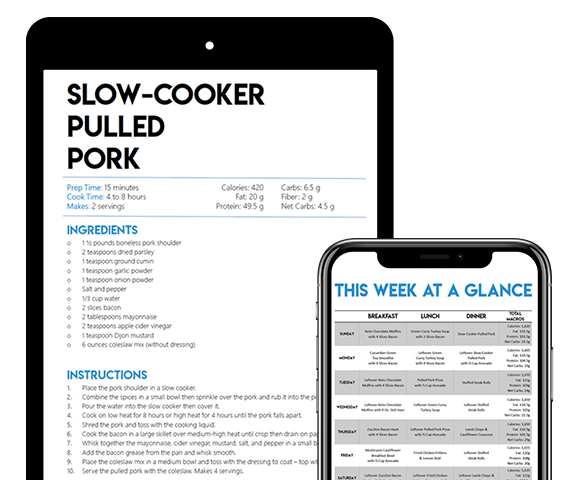
Credible Egg Carton Labels
These labels have solid guidelines and FDA restrictions. They also mean something and contribute to the nutritional profile of the egg or our health.
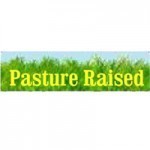 Pasture-raised – means the chickens who laid your eggs are allowed to come and go from barn to outside as they please. This means they have ample space (think fields of chickens!) to roam and hunt for food. No unsanitary conditions and a wide variety of diet for the chicken to enjoy. In short, this chicken is as close to a wild, free chicken as possible. This is the label we look for when buying eggs. It’s hard to find a pasture raised brand, but farmer’s markets are a good bet! Here’s a few in the Brooklyn area.
Pasture-raised – means the chickens who laid your eggs are allowed to come and go from barn to outside as they please. This means they have ample space (think fields of chickens!) to roam and hunt for food. No unsanitary conditions and a wide variety of diet for the chicken to enjoy. In short, this chicken is as close to a wild, free chicken as possible. This is the label we look for when buying eggs. It’s hard to find a pasture raised brand, but farmer’s markets are a good bet! Here’s a few in the Brooklyn area. Free-range/Free-roaming – this label is a step above “cage-free”. The chickens are kept in barns with some degree of freedom to go outdoors. There are no regulations as to how much time that is, but it is better than no time at all. The chickens are able to hunt their own food, get exercise and engage in natural behaviors such as foraging, nesting and mating.
Free-range/Free-roaming – this label is a step above “cage-free”. The chickens are kept in barns with some degree of freedom to go outdoors. There are no regulations as to how much time that is, but it is better than no time at all. The chickens are able to hunt their own food, get exercise and engage in natural behaviors such as foraging, nesting and mating.- Certified Organic – the importance of this label varies per person. According to the USDA, eggs with this label are laid by
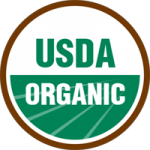 chickens who are fed an all vegetarian diet free of antibiotics and pesticides. Their outdoor time is undefined so we cannot know how much time they’re spending being chickens and not egg laying machines. While they are allowed outside and fed a “clean” diet, it remains all vegetarian, which may not be the best. However, in a sea of misleading “cage-free” cartons, organic may be the better way to go.
chickens who are fed an all vegetarian diet free of antibiotics and pesticides. Their outdoor time is undefined so we cannot know how much time they’re spending being chickens and not egg laying machines. While they are allowed outside and fed a “clean” diet, it remains all vegetarian, which may not be the best. However, in a sea of misleading “cage-free” cartons, organic may be the better way to go.
If you’ve got any tips or info on how you choose your eggs, please let us know in the comments! We and our readers could benefit greatly!
NUTRITIONAL DISCLAIMER
The content on this website should not be taken as medical advice and you should ALWAYS consult with your doctor before starting any diet or exercise program. We provide nutritional data for our recipes as a courtesy to our readers. We use Total Keto Diet app software to calculate the nutrition and we remove fiber and sugar alcohols, like erythritol, from the total carbohydrate count to get to the net carb count, as they do not affect your blood glucose levels. You should independently calculate nutritional information on your own and not rely on our data. The website or content herein is not intended to cure, prevent, diagnose or treat any disease. This website shall not be liable for adverse reactions or any other outcome resulting from the use of recipes or recommendations on the Website or actions you take as a result. Any action you take is strictly at your own risk.
- EPIC Keto Krate Haul! - February 13, 2020
- 30+ Low Carb Snacks (Keto Snacks) with Little to No Prep - January 1, 2019
- Keto Browned Butter Pumpkin Spice Latte [VIDEO] - November 13, 2018
